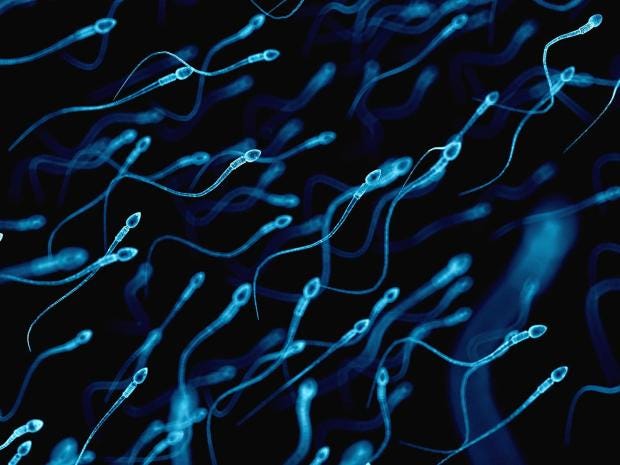It’s a question we are often asked. Folks that adventure and/or work in the outdoors think they may have been exposed and want to know what to expect, while others have broken out and are trying to determine if their rash was in fact, caused by contact with poison oak or poison ivy plants.

Before we get into what a poison ivy rash looks like, it is important to cover what exactly causes the rash. Poison oak, poison ivy, and poison sumac all contain the same rash-causing allergen called, urushiol (pronounced: oo-roo-she-all). Urushiol is an incredibly potent substance found in all parts of the plant including the leaves, stem, even the roots. A little bit of this oil goes a long way, it is incredibly powerful!
Exposure can occur from direct contact or indirect contact. Urushiol does not evaporate, and is known to last on items such as tools, clothing, gear, fences, pets, etc. for months, even years. This makes it possible to develop a rash the next time you come into contact with these contaminated items (also known as secondary contamination).
It is always ideal, after exposure, or suspected exposure to wash the area of your skin potentially affected by the Urushiol with a product like Tecnu (read more at www.Tecnu.ca).
For approximately 85% of the American population, contact with urushiol causes an allergic reaction called contact dermatitis (the swelling and irritation of the skin when exposed to an irritating substance). This is your body’s natural reaction to an allergen, in which your skin alerts your immune system to the presence of an irritating substance or chemical. Sensitivity to urushiol develops over time, and is known to increase, as a person incurs more and more exposures. It isn’t entirely uncommon for an individual to go without a reaction to poison oak or poison ivy for the first several years of their life, then one day, upon exposure, develop a rash.
A poison ivy rash can appear anywhere from 24-36 hours after exposure, and last between 2 to 4 weeks. How quickly symptoms appear, and the duration of your rash depends on a few factors: your sensitivity to urushiol, the amount you were exposed to, and how many exposures to the substance you’ve had over your lifetime.
Rashes and what they look like vary from person to person. Symptoms can include: intense itching, redness, swelling, or blisters. It is important to never break the blisters, as it can potentially cause an infection. The liquid that oozes from the blisters often dries to form a yellow crust-like substance. It’s best to leave the rash uncovered to allow oxygen to aid the healing process; however, if the blisters ooze excessively, a loose bandage can be used to cover the area.

Contrary to popular belief, you cannot “cure” a poison oak rash (or, poison ivy rash). You simply have to let your body run its natural course. There are however, products you can use to help alleviate your symptoms (itching, redness, inflammation, etc.). If you experience a severe reaction (i.e. swelling of the face, trouble breathing, etc.) or your rash worsens, or doesn’t improve, seek medical attention immediately.









